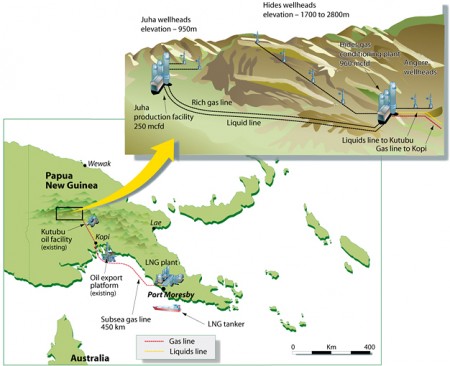
BUENOS AIRES – The expropriation of nearly all of the Spanish company Repsol’s stake in Argentina’s energy producer YPF, announced in a vehement speech by President Cristina Fernández de Kirchner, has raised legal alarms worldwide. In fact, the move will not resolve the country’s energy problems in the absence of enormous inflows of investment to the sector.
Repsol acquired complete control of YPF in 1999; in February 2008, it transferred part of its shares to the Petersen Group, which today holds 25%. Repsol currently holds 57%, with the rest owned by stock-market investors. The Argentine government intends to expropriate 51%, leaving Repsol with a 6% stake.
In the 2008 sale of shares, the two majority stockholders agreed to distribute at least 90% of future profits in cash. That decision was intended to allow the Petersen Group to service the debts to banks, and to Repsol itself, that it incurred with its share purchase, for which it made no initial payment.




